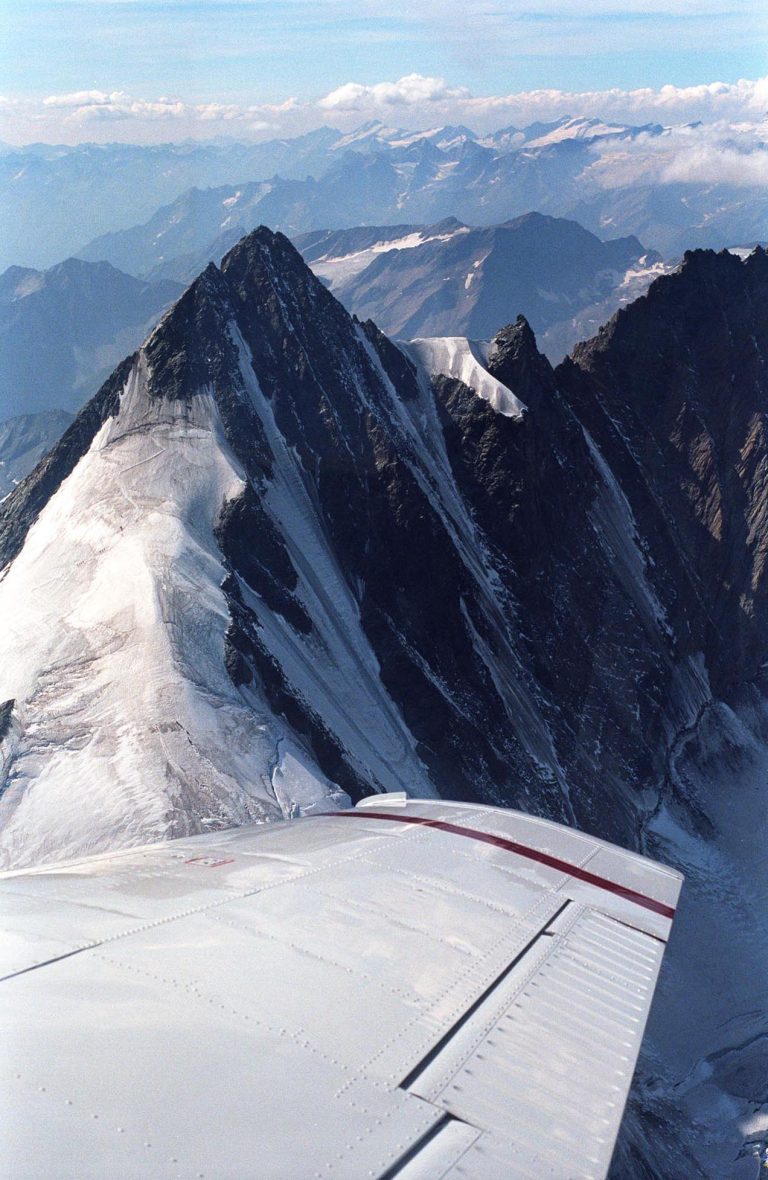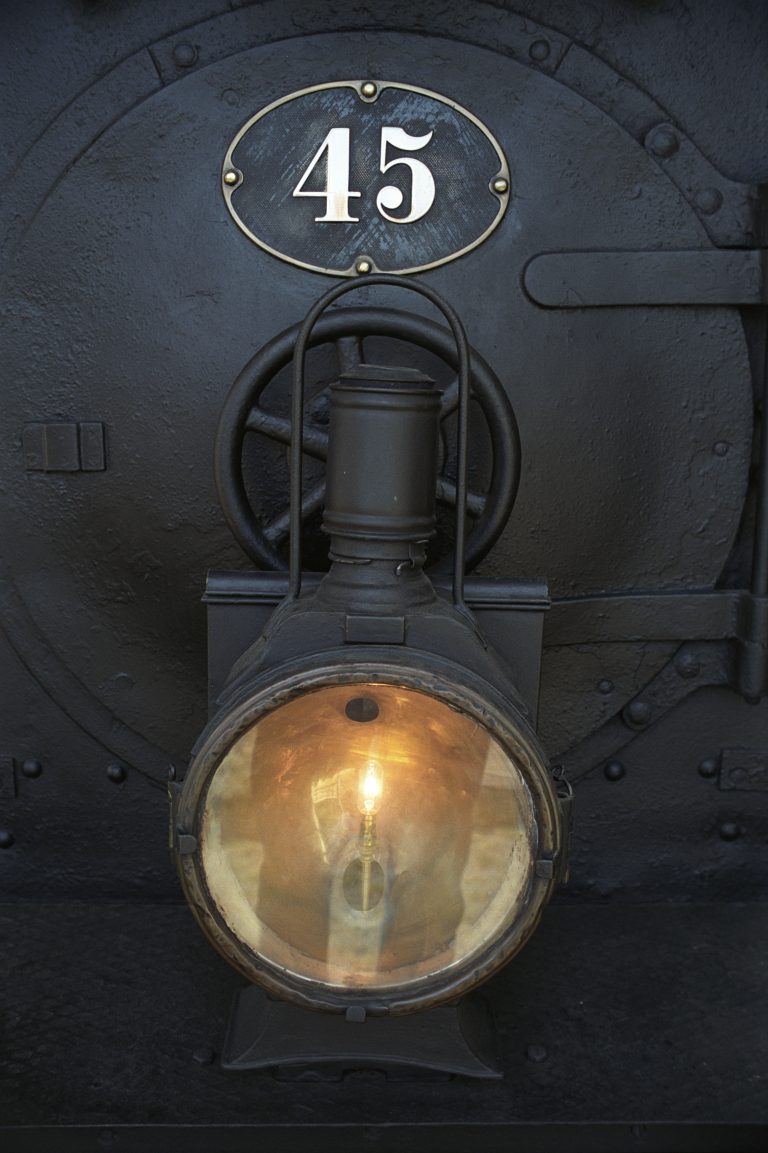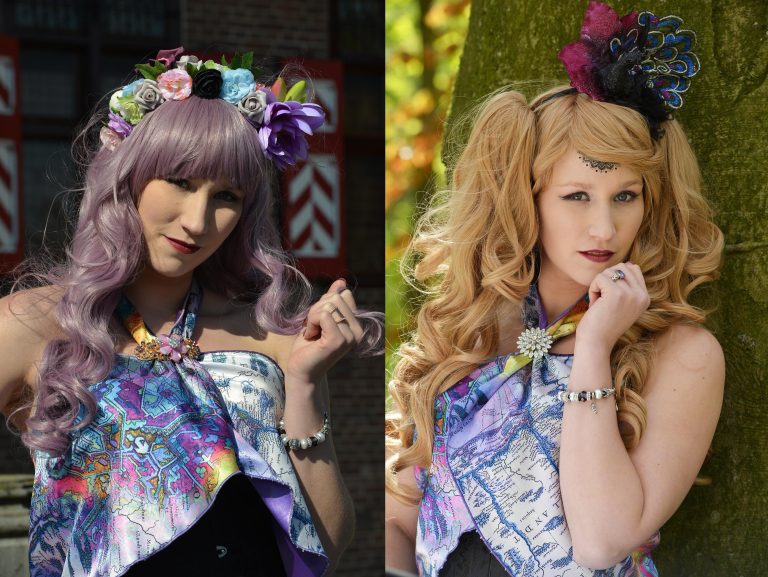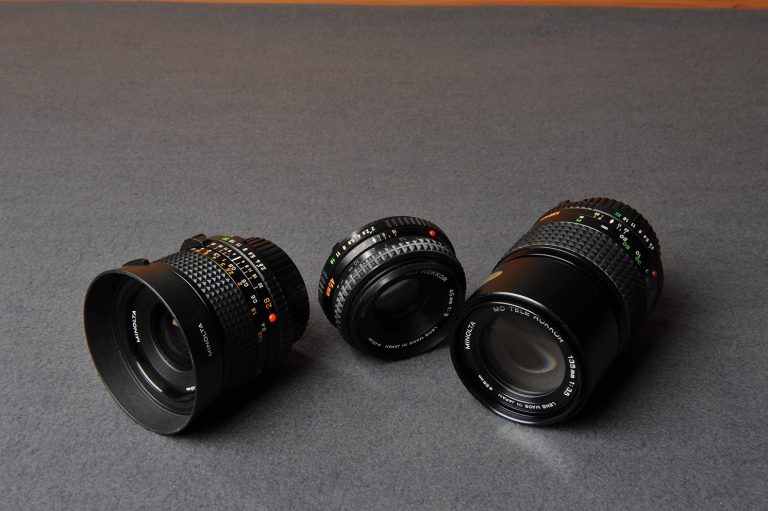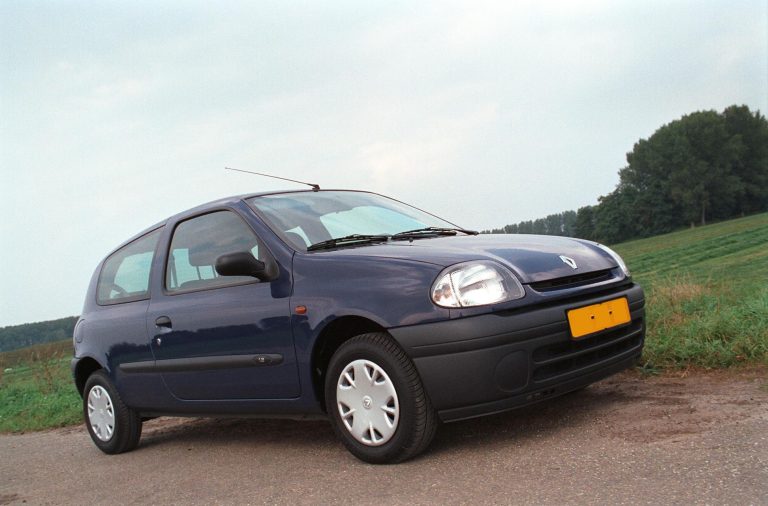Focus
Manual Focus
Vintage cameras only have manual focus. Refer to the camera’s manual for details.
When you look through the viewfinder of your camera you may find an optical focus aid in the middle of the focusing screen.

The focus ring on your lens allows you to focus manually.

The optical focus aid will give you clues when focus is achieved. Refer to the camera’s manual for details.
Auto-focus
Most modern cameras come with autofocus. Sometimes there is an option to switch back to manual focus.
A camera with autofocus usally focuses when the shutter release button is half-depressed. A optical focus aid like this

on the focusing screen will give you a clue where the focus is applied.

Different cameras have different focus options. Refer to the camera’s manual for details.
Adjust Focus
Aim the optical focus aid in the middle of the focusing screen at the (part of the) subject you want to appear in focus. Focus with the focus ring or by half-depressing the shutter release button.

Blurred
This photograph has no sharp focus anywhere.

Out of Focus
By not properly focusing, the details of the subject become blurred. Here the focus is in the wrong spot. The focus is on the back of the hair and the kimono at the neck but the face is blurry. A telelens with a large diafragma has a small depth of field. For portraits always focus on the eyes of a person.

Depth of Field
Parts of the photograph that are closer or furhter away to the camera than the subject become blurred. For this photograph the focus is on the bassist. The singer, violinist and audience are outside the depth of field.

Motion Blur
When taking a photograph with a handheld camera in low light conditions, motion blur can occur. In low light conditions a camera will use a long exposure time causing the shutter to stay open for a long time. If the camera moves during this long exposure time your photograph becomes fully blurred.

Partial Motion Blur
Partial motion blur can be used to create a feeling of movement as in this photograph of a motorcyclist. The photograph was taken from a different vehicle moving at the same speed. This causes the motorcyclist to remain mostly static compared to the camera while motion blur occurs in the road, shoulder and wheels.



